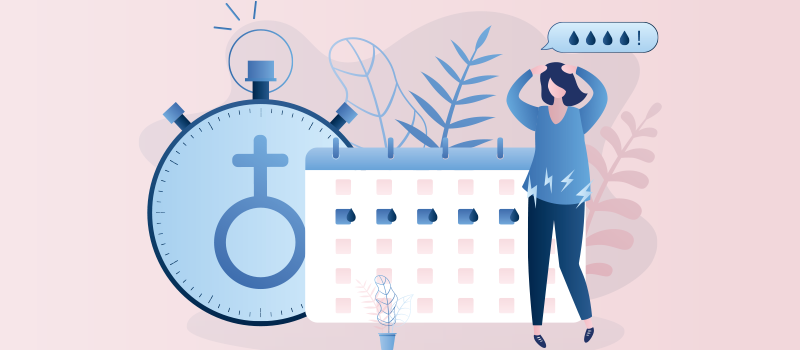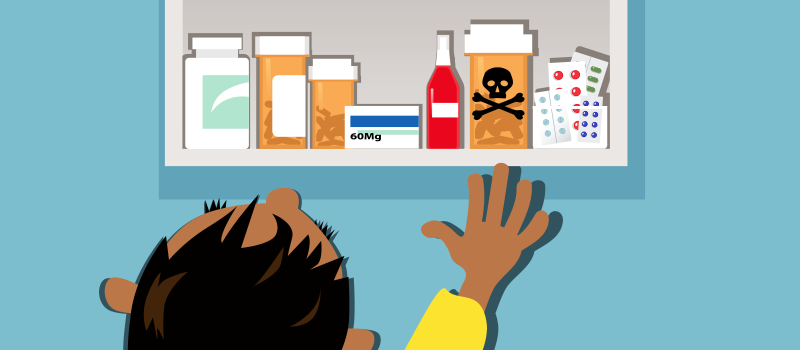What’s the Buzz
The Bee Healthy Blog
U.S. Leaving the World Health Organization: What it Means

President Trump surprised the world this July by announcing the United States’ withdrawal from the World Health Organization (WHO). Many U.S. citizens may not have been familiar with the WHO prior to the COVID-19 Pandemic, and therefore, might be uncertain what this news means. How did we become part of this global health collaboration, and why are we leaving it now?
Trump Stops WHO Funding to Investigate COVID-19 Response
The World Health Organization has been a special collaboration of the United Nations since 1948, when the U.S., along with many other nations, joined by treaty. It was set up to be both publicly and privately funded as an international leader and central coordinating body in public health. It has a near-universal membership—194 member-states—and the U.S. was one of the first signatories to its constitution.
According to an April 15 White House Factsheet, President Trump placed a hold on all U.S. funding to the WHO while its response to the COVID-19 pandemic is under investigation. The White House further requested that structural issues and necessary reforms be addressed before the U.S. can trust it again—with our tax dollars and with our health.
The treaty states that the United States must give a one-year notice and pay any outstanding dues in order to withdraw. With notice given and $198 million in unpaid dues to date, it seems withdrawal is inevitable.
The U.S.’s Role in the World Health Organization
According to the World Health Organization’s U.S. Impact webpage, the United States is considered a global health partner that assists the WHO with not only funding but also health care expertise that benefits the world. During the Ebola outbreak in 2018, the U.S. Centers for Disease Control and Prevention (CDC) sent staff to the WHO to provide its assistance and guidance throughout the outbreak. Overall, the U.S. is the largest donor to the WHO globally, and helps to fund: polio eradication, outbreak and crisis response, vaccine/preventable disease, HIV and hepatitis, tuberculosis, emergency health preparedness, infection hazard management, emergency operations, reproductive/maternal/newborn/and child health, access to medicine and technologies, and more. During the 2016-2017 period, the U.S. invested over $945.6 million in the WHO with over 76 percent from voluntary funding.
So, What Does the WHO Do For the U.S.?
According to Daniel Victor and Christine Hauser of The New York Times, the WHO’s role as an international leader in public health is to alert the U.S .and the world to threats (this is why the Republic of China alerted the WHO of the novel COVID-19 virus in December 2019), fight disease, develop new policies, improve access to care, handle emergencies by guiding containment, make recommendations to U.S. and other member nations, and more. To maintain transparency, the WHO aims to be extremely communicative with the media and with global health care decision makers during worldwide health crises, such as the current pandemic.
Could the WHO have Handled COVID-19 Better?
You can review the COVID-19 timeline to decide for yourself. Whatever you conclude, you probably would agree that the world needs an honest broker that can provide objective, science-informed advice on all health-related matters. This organization must be accountable to all countries and must be free of industry or commercial conflicts. At this time, the only agency that can play this role is WHO, warts and all.












SOCIAL